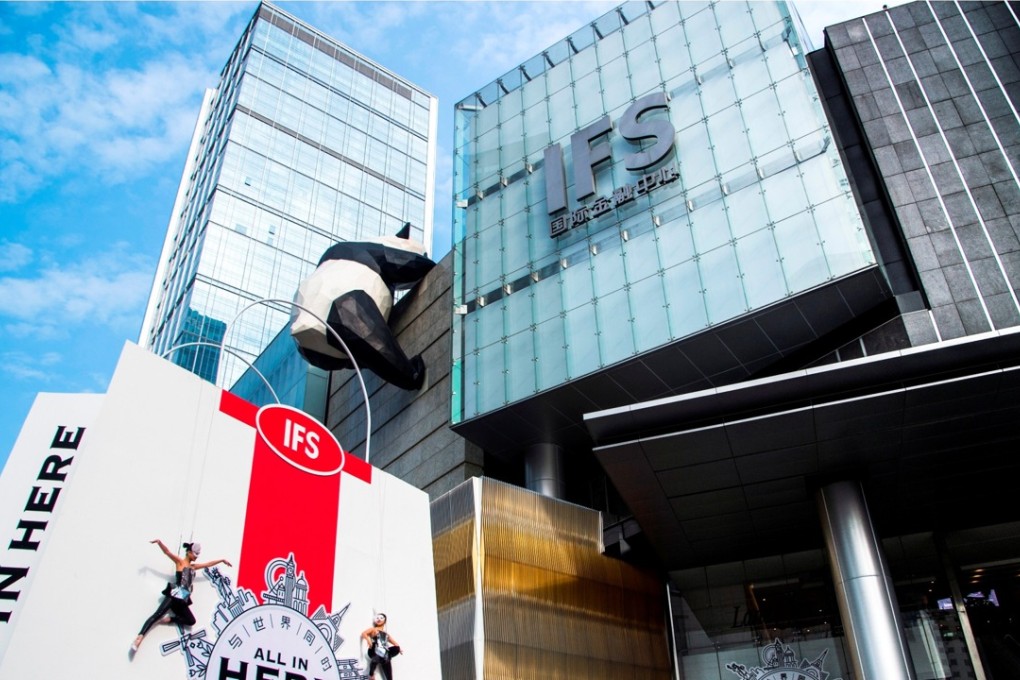Glut of China shopping malls a problem for those in poor locations
Only 10 to 15 per cent of China’s 83 million square metres of shopping malls judged international grade

Chengdu’s shopping mall industry is undergoing a major overhaul that might lead to closures for those with a poor mix of tenants and poor facilities.
International-grade malls in prime locations are expected to post more gains at the expense of their sub-standard peers, whose tenants are now moving out and setting up shop in bigger and better malls, industry experts say.
They said owners of poorly managed malls would be squeezed further and find it increasingly difficult to survive due to the huge existing stock of retail premises, estimated at 4.96 million square metres.
“It might take more than eight years for the market to absorb this large stock,” said Michael Wu, a director for Western China at DTZ/ Cushman & Wakefield.
“In the past few years, more and more new malls as large 100,000 square metres have opened their doors for business.”
An unprecedented number of retail developments has sprouted across the mainland to cash in on rising consumer spending amid and the government’s shift to consumerism as an economic driver.
In the past few years, more and more new malls as large 100,000 square metres have opened their doors for business
But the retail market continues to get worse amid slowing economic growth, poor stock market performance and Beijing’s anti-corruption campaign that has curtailed spending on luxury goods.